Playground designers and operators are constantly faced with the challenge of creating safe and attractive play areas. When it is sunny outside, no one wants to stay indoors, especially children. On hot summer days, young and old seek shade. Shade provides cool relief from the rays, but incorporating shade in play areas also provides great value to play areas year-round.
Screen the Sun, Keep the Fun, Seek the Shade
The importance of adding a shade element to play areas is emphasized as playground designers realize the impact of UV damage to play equipment and the importance of sun protection to prolong equipment life.
Summer temperatures soar into the 3 digits in many places, and metal and plastic play equipment can soak up the rays. Unprotected playground equipment and rubberized surfaces can get too hot to touch, which can lead to children and adults being severely burned. Providing covered play areas can have young and old enjoying the fun for much longer periods of the day and maximize the play equipment investment.
Equally troubling is that one of the most pervasive threats to the health of children is also often overlooked - one that affects them every time they step outside into the sun. Children who are unprotected from the harmful rays of the sun could face skin cancer.
A very common form of skin cancer, usually seen in people over 50 years old, is now being found in a younger group of people, including teens and those in their twenties, according to the American Dermatology Association (ADA).
“We need to educate our youth and, more importantly, keep the fun and shade the sun!” states William Barth, President, and C.E.O. of the Skin Cancer Awareness Foundation.
One such program is the award-winning Sun Smart Kids Cool School Program, which was awarded the 2009 Golden Triangle Award from the American Academy of Dermatology.
Adding shade elements to a play area is one way to create a cool, creative, and sun-safe play environment.
Shade Solutions in all Shapes and Sizes
Cool Natural Havens for Kids
In 2009, PlayCore, Inc. and the National Learning Initiative, College of Design, North Carolina State University released NatureGrounds: Creating & Retrofitting Play Environments Best Practices Guidelines. This guidebook outlines the distinctive benefits of designing play environments that integrate manufactured equipment with the living landscape. Specifically, it details how a movement to naturalize a play space contributes to the development and well-being of children and families.
Trees provide natural shade on or near the playground, keeping it cooler and encouraging children to play longer, particularly during the summer months. The NatureGrounds guidebook offers valuable advice for those who want to incorporate trees in a playground naturalization project. (Source: Nature Grounds: Creating and Retrofitting Play Environments Best Practices Guidelines).
The Natural Learning Initiative, College of Design, North Carolina Green Desk offers advice on “Affordable Shade Options” including vegetation, structures, and temporary shade for outdoor areas to provide cool relief for children. (Source: The Green Desk, Natural Learning Initiative, College of Design, NC State University)
Adding natural shade is a good (naturally) idea, but incorporating commercial shade can create exciting, innovative possibilities.
Imagination, Innovation, and Creative Flair with Commercial Shade
Commercial shade structures exist in a variety of material choices including fabric, canvas, wood, metal, and more. Making the decision could depend on appearance, type of use, cost, how labor-intensive it is to install, and cost of maintenance and replacement.
Playground designers are increasingly realizing the great potential that fabric in the landscape holds. Natural light reflected on fabric creates a soft glow and pleasant ambiance. Fabrics, such as High-Density Polyethylene (HDPE) mesh, can “breathe” which allows air to circulate and thus lower temperatures underneath the structures by as much as 30%. The visibility underneath the fabric material, the imaginative design possibilities, not to mention the affordability of being 35 percent to 45 percent less than their solid-roofed counterparts – are increasingly giving fabric a cutting edge. Generally, fabrics cost less per square foot than virtually any other building material. They are less labor-intensive to install and can be more easily maintained and replaced than any other competing element in the landscape.
Fabric shade structures provide the perfect solution for weather protection and aesthetic appeal. It can be designed in a variety of shapes and sizes. Tensioned fabric can be twisted, overlapped, and angled into a virtually limitless array of forms and color combinations. A number of overlapping sails can create an attractive accent and shaded shelter around playgrounds and parks.
Steel is a widely used material, popular for its strength, durability, design versatility, and, lure of easier maintenance thanks to special processing like powder coating or corrosion-resistant paints. However, because of recent changes in the price of steel, other materials that were once considered too pricey are now more affordable by comparison. Laminated wood, for example, is still one of the most expensive choices, can be the most long-lasting—40 to 50 years—and requires very little maintenance. Its beauty and strength make it a popular choice.
Styles are expected to become more distinctive for facilities as operators try to create an image they want to project. It’s about setting the facility apart. Customizing designs of outdoor shade structures is one way to create an identity or theme around something that patrons can connect to and be proud of.
Whether it is natural shade, a freestanding permanent shade structure over the play areas or integrated shade as part of the play equipment design, shade is more than an amenity. It is a necessity.
Keep the Fun, Shade the Sun!
Co-writen by Sarah Van Wezel

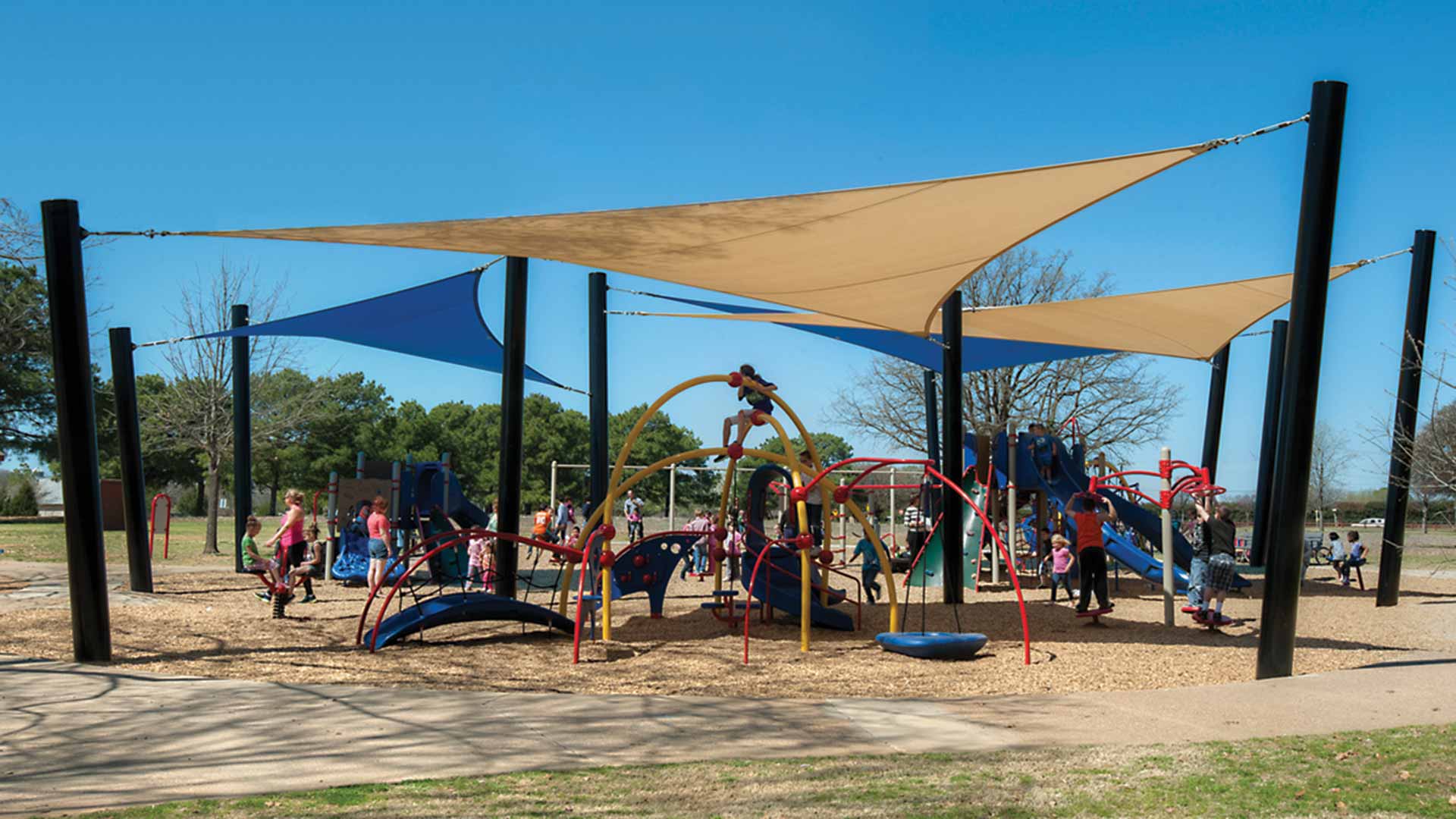
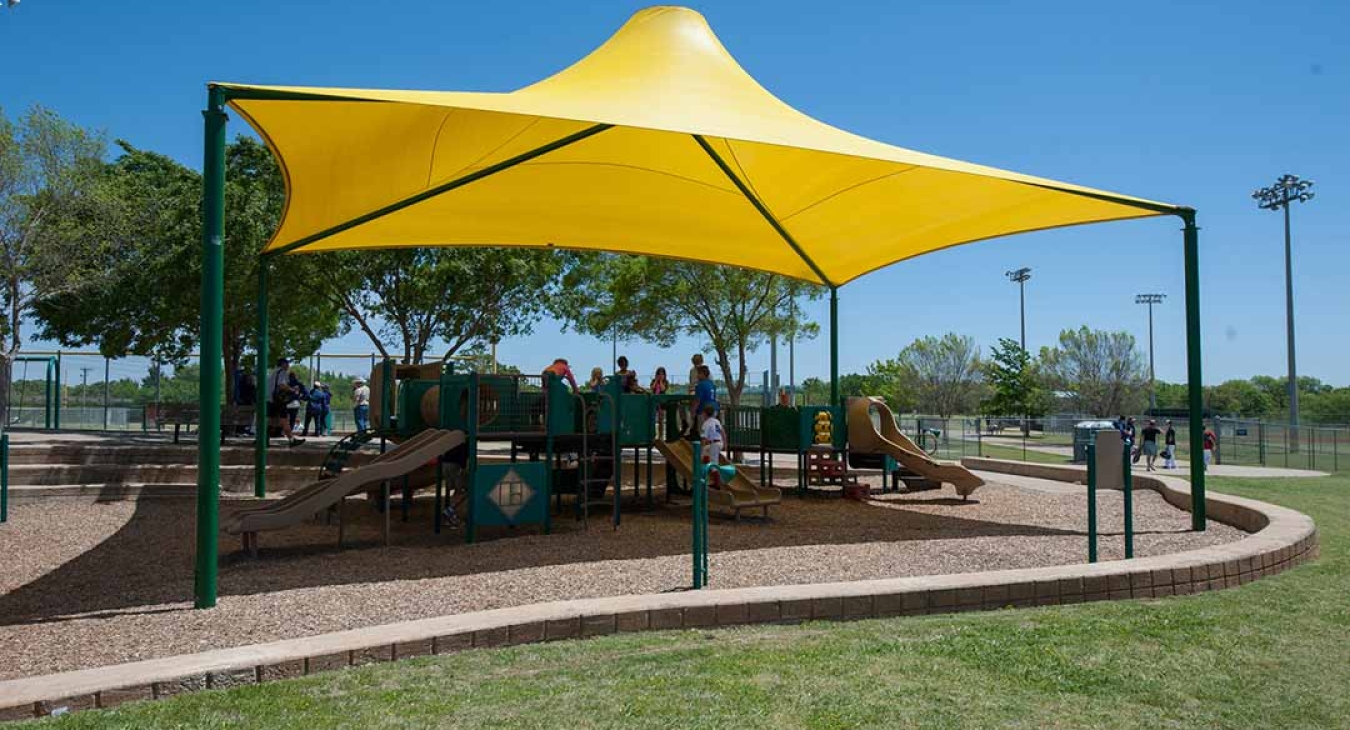



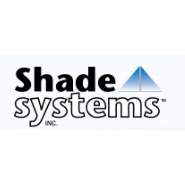
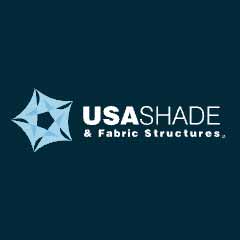
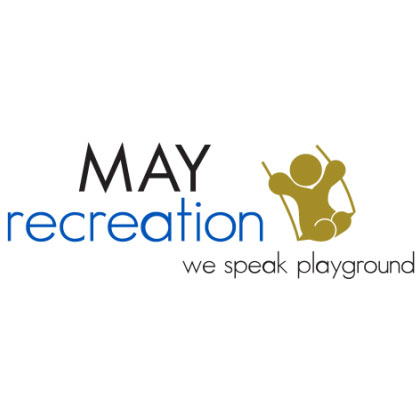
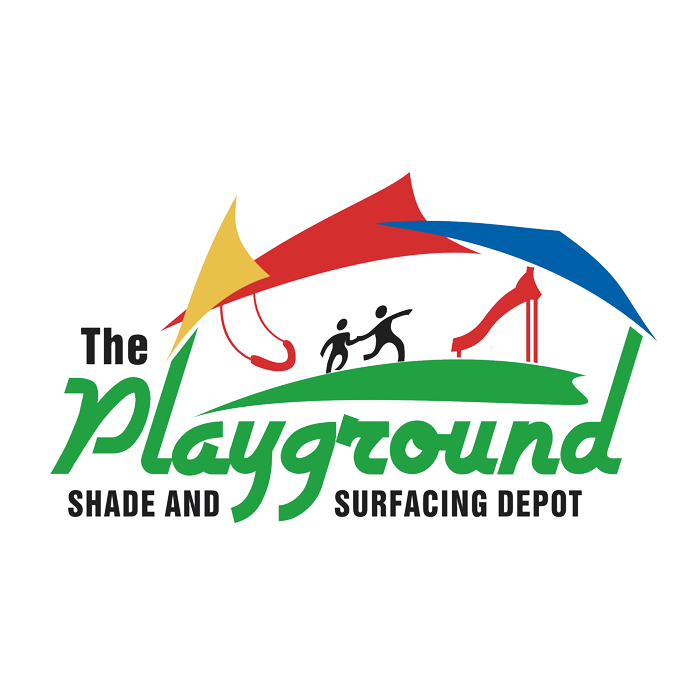

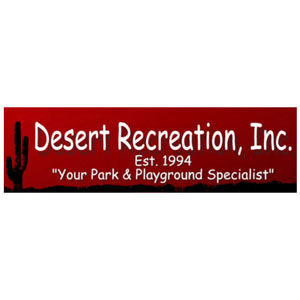

Add new comment